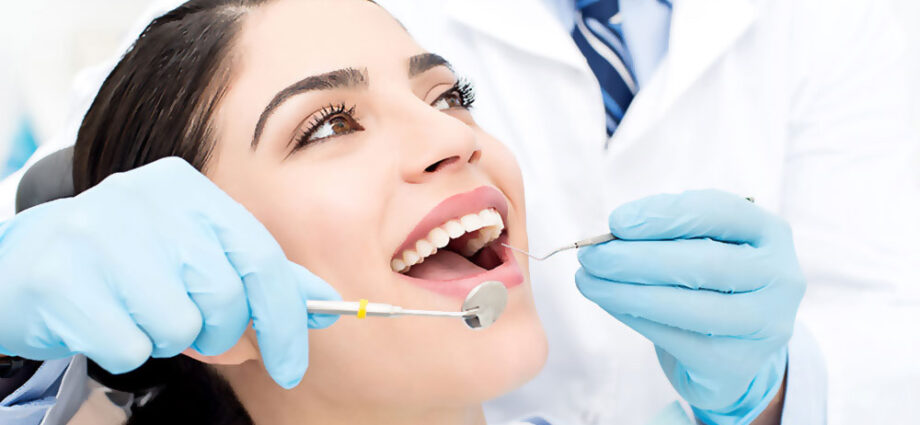A large portion of the American population wears braces to correct their tooth appearance. The best dentist in Rutherford, NJ, helps in straightening the alignment of teeth by applying pressure on the tooth and eventually moving them to the desired state. They help correct an overbite, underbite, crossbite, etc., so straight teeth can be cleaned easily compared to crooked teeth. They have a positive impact on the dental health of the individual.
If you are considering getting braces, it is important to be aware of their types so that you can choose the one suitable for meeting all the requirements and curing your dental issues.
- Conventional metal braces
The material used in preparing traditional metal braces involves premium quality steel. An archwire is joined to the brackets, which helps in pressurizing the teeth so that they get straightened, and shift in the wanted place. It is the conventionally used type of braces that is preferred for its effectiveness. However, it may be unsuitable for people who are looking for tooth alignment while maintaining their aesthetics. The duration of their treatments is not that long.
- Ceramic braces
Such braces are preferred over conventional braces due to their natural look. The materials used in their making involve ceramics which give a better look as compared to steel. They are referred to as clear braces, which are not entirely visible or easily noticeable. They are as effective as conventional braces, but their price ranges are on the expensive side. There is a great risk of stains as the substance used in their making is ceramic, which gets easily colored after the consumption of pigmented food.
- Lingual braces
They are similar to conventional braces. The only difference is that they are connected to the backside of the tooth, while braces are joined to the front side. They are perfect for people who do not want noticeable braces, as they preserve the aesthetic of your smile. However, they are not that good in terms of effectiveness, and lingual braces may take a longer duration for teeth alignment. They are also discomforting to a lot of people due to their contact with the tongue over time. They also caused challenges in cleaning the teeth due to their placement.
- Invisalign
Invisalign is the best option for straightening your teeth without harming the aesthetic and appearance of your smile. They are customized without any bracket or wire. A clear tray is worn over the teeth to put pressure on them. They require frequent replacement every 2-3 weeks due to alterations in tooth alignment. However, they are not suggested for people who want correction for small misalignments.

